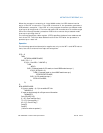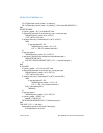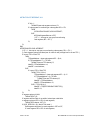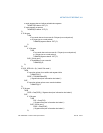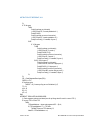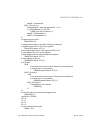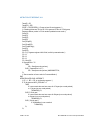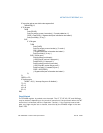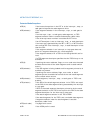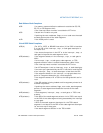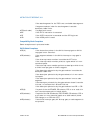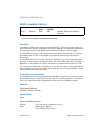
Vol. 2A 3-481
INSTRUCTION SET REFERENCE, A-M
INT n/INTO/INT 3—Call to Interrupt Procedure
IF instruction pointer not within code segment limit
THEN #GP(0); FI;
IF 32-bit gate
THEN
Push (EFLAGS);
Push (far pointer to return instruction); (* 3 words padded to 4 *)
CS:EIP ← Gate(CS:EIP); (* Segment descriptor information also loaded *)
Push (ErrorCode); (* If any *)
ELSE
IF 16-bit gate
THEN
Push (FLAGS);
Push (far pointer to return location); (* 2 words *)
CS:IP ← Gate(CS:IP);
(* Segment descriptor information also loaded *)
Push (ErrorCode); (* If any *)
ELSE (* 64-bit gate*)
Push(far pointer to old stack);
(* Old SS and SP, each an 8-byte push *)
Push(RFLAGS); (* 8-byte push *)
Push(far pointer to return instruction);
(* Old CS and RIP, each an 8-byte push *)
Push(ErrorCode); (* If needed, 8 bytes *)
CS:RIP ← GATE(CS:RIP);
(* Segment descriptor information also loaded *)
FI;
FI;
CS(RPL) ← CPL;
IF interrupt gate
THEN IF ← 0; FI; (* Interrupt flag set to 0: disabled *)
TF ← 0;
NT ← 0;
VM ← 0;
RF ← 0;
END;
Flags Affected
The EFLAGS register is pushed onto the stack. The IF, TF, NT, AC, RF, and VM flags
may be cleared, depending on the mode of operation of the processor when the INT
instruction is executed (see the “Operation” section). If the interrupt uses a task
gate, any flags may be set or cleared, controlled by the EFLAGS image in the new
task’s TSS.



